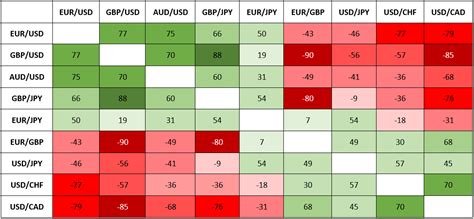Market correlation, minimum price, profit taking
Understanding Cryptocurrency Market Correlation, Floor Price, and Take Profit
The cryptocurrency market has experienced tremendous volatility in recent years. With the advent of decentralized exchanges (DEXs), new assets are being added to the market, making it a complex and dynamic environment. In this article, we will examine three critical factors that affect the performance of the cryptocurrency market: cryptocurrency market correlation, floor price, and Take Profit.
Cryptocurrency Market Correlation
Market correlation refers to the extent to which different cryptocurrencies move together in price. When an individual cryptocurrency experiences a significant rise or fall, its peers tend to follow suit. This phenomenon is due to several factors, including:
- Liquidity: Higher liquidity generally leads to higher market volatility, making it more challenging for traders to predict price movements.
- Volatility: Low-volatility cryptocurrencies like Bitcoin and Ethereum tend to move in tandem with higher-volatility ones like Altcoins.
- Fear and Greed: Cryptocurrency markets are prone to fluctuations driven by fear and greed. When the price of an individual asset drops or rises significantly, its correlated pairs may also experience similar price fluctuations.
Low Price
The floor price of a cryptocurrency refers to the lowest price at which it can be traded on an exchange. The floor price helps to establish a basis for trading, influencing market behavior and liquidity levels. When the floor price is low, it signals potential demand from retail traders, leading to increased buying pressure and potentially driving prices up.
Take Profit
Take profit is the amount by which a trader intends to profit when selling an asset at a certain price. A higher profit margin typically leads to higher profits, but it also increases the risk of loss if the asset experiences significant price fluctuations. The ideal profit margin varies depending on each trader’s risk tolerance and market conditions.
Factors Affecting Cryptocurrency Market Performance
- Macroeconomic Indicators: Changes in macroeconomic indicators, such as interest rates or inflation, can affect cryptocurrency prices.
- Central Bank Announcements
: Central bank decisions, such as interest rate changes or quantitative easing programs, can affect market sentiment.
- Regulatory Environment: Changes in the industry’s regulatory framework and laws can significantly affect cryptocurrency market performance.
Best Practices for Trading in Volatile Markets
- Use Multiple Exchange Accounts: Diversify your trading portfolio across multiple exchanges to reduce your reliance on a single platform.
- Set Realistic Expectations: Understand that cryptocurrencies are inherently volatile, and set realistic expectations for price movements.
- Maintain a Disciplined Trading Strategy

: Develop a well-thought-out trading plan that takes into account market conditions, risk tolerance, and potential profit goals.
In summary, understanding cryptocurrency market correlation, price bottoming, and profit rate is essential for making informed trading decisions in today’s dynamic market environment. By recognizing these factors and implementing best practices, traders can navigate the complexities of the cryptocurrency market and maximize their returns.

